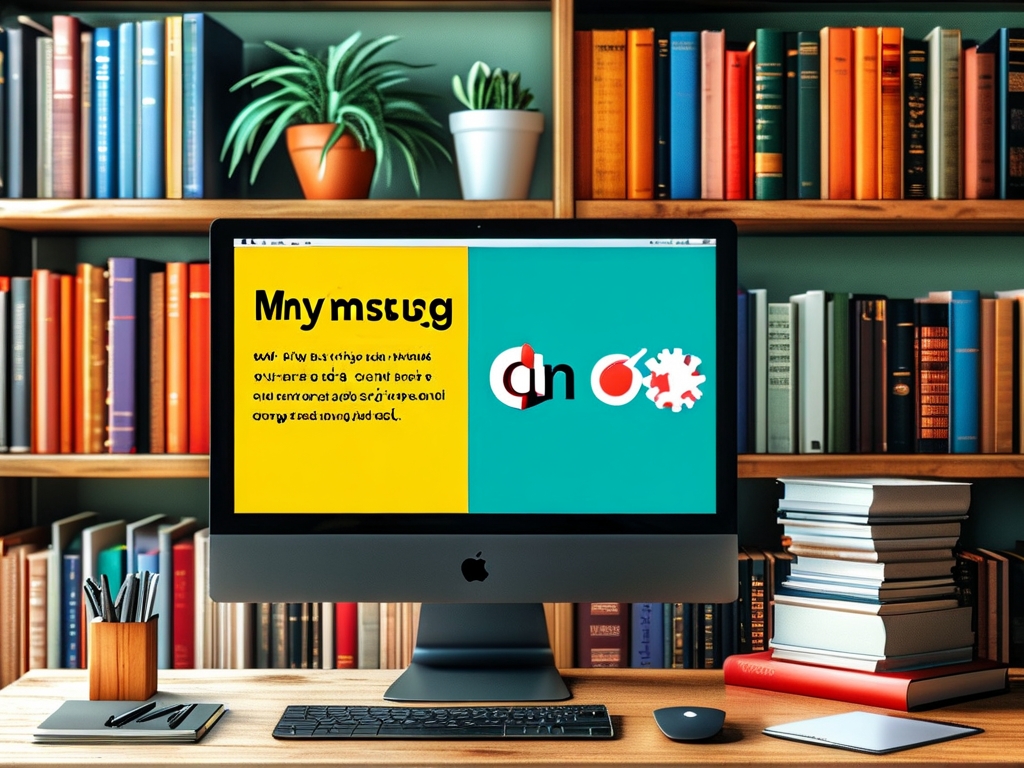In the era of data-driven decision-making, mastering database systems has become a cornerstone skill for developers and IT professionals. Among relational database management systems (RDBMS), MySQL stands out as one of the most widely used open-source solutions. A well-structured MySQL database design and development textbook serves as an indispensable resource for both beginners and experienced practitioners aiming to build scalable, efficient, and secure applications. This article explores the critical components of such a textbook, its relevance in modern software development, and practical insights for learners.
1. The Importance of Structured Database Design
A robust MySQL textbook begins by emphasizing the fundamentals of database design. Topics like data modeling, normalization, and entity-relationship diagrams (ERDs) form the backbone of this section. Learners are introduced to the concept of organizing data into tables, establishing relationships (one-to-one, one-to-many, many-to-many), and avoiding redundancy through normalization techniques (1NF, 2NF, 3NF).
A quality textbook provides real-world examples, such as designing an e-commerce database with tables for users, products, orders, and payments. It also addresses common pitfalls, like over-normalization leading to performance issues, and teaches balancing theoretical principles with practical trade-offs.
2. MySQL Development Essentials
The development phase covers SQL syntax, query optimization, and transaction management. A comprehensive textbook delves into:
- Data Definition Language (DDL): Creating tables, indexes, and constraints.
- Data Manipulation Language (DML): Writing efficient INSERT, UPDATE, DELETE, and SELECT statements.
- Advanced Queries: JOIN operations, subqueries, and window functions.
- Stored Procedures and Triggers: Automating repetitive tasks and enforcing business rules.
A standout feature of a modern textbook is its focus on performance tuning. For instance, it explains how indexing strategies (B-tree, full-text) impact query speed and demonstrates tools like EXPLAIN ANALYZE to diagnose bottlenecks. Case studies on optimizing high-traffic applications, such as social media platforms, make these concepts tangible.
3. Security and Scalability
No database textbook is complete without addressing security risks and scalability challenges. Key topics include:
- Authentication and Authorization: Configuring user privileges with GRANT/REVOKE.
- SQL Injection Prevention: Parameterized queries and input validation.
- Encryption: Securing data at rest and in transit using SSL/TLS.
- Replication and Sharding: Scaling horizontally for high-availability systems.
A practical textbook integrates labs where learners configure backup strategies, set up master-slave replication, and simulate attack scenarios to harden databases.
4. Integration with Modern Tech Stacks
Today’s developers rarely work in isolation. An effective textbook bridges MySQL with popular frameworks and tools:
- Programming Languages: Connecting MySQL to Python, Java, or PHP using drivers like Connector/Python.
- ORM Tools: Leveraging Hibernate or SQLAlchemy to abstract database operations.
- Cloud Deployment: Migrating databases to AWS RDS or Azure Database for MySQL.
Hands-on projects, such as building a RESTful API with Node.js and MySQL, reinforce these integrations.
5. The Role of Case Studies and Projects
Theory alone isn’t enough. A well-rounded textbook includes end-to-end projects, such as:
- Designing a hospital management system with patient records and appointment scheduling.
- Developing an analytics dashboard using MySQL and visualization tools like Tableau.
- Simulating a banking transaction system with ACID compliance.
These exercises cultivate problem-solving skills and prepare learners for real-world challenges.
6. Staying Updated: MySQL 8.0 and Beyond
The MySQL ecosystem evolves continuously. A forward-looking textbook covers recent advancements:

- JSON Support: Storing and querying semi-structured data.
- CTEs (Common Table Expressions): Simplifying complex queries.
- Window Functions: Enabling advanced analytics without external tools.
It also discusses trends like hybrid transactional/analytical processing (HTAP) and the growing role of MySQL in big data pipelines.
A MySQL database design and development textbook is more than a manual—it’s a roadmap to building systems that power industries. By blending theory with actionable examples, it equips developers to tackle scalability, security, and performance challenges head-on. Whether you’re a student, a career-changer, or a seasoned professional, investing time in such a resource ensures you stay ahead in the fast-paced world of data engineering.




